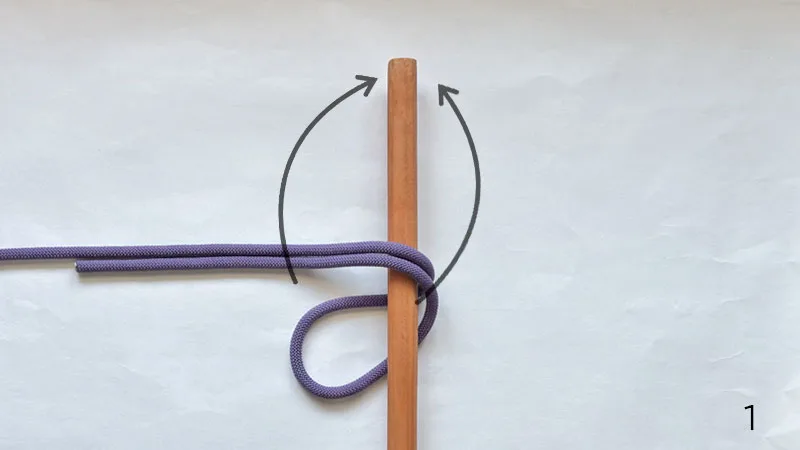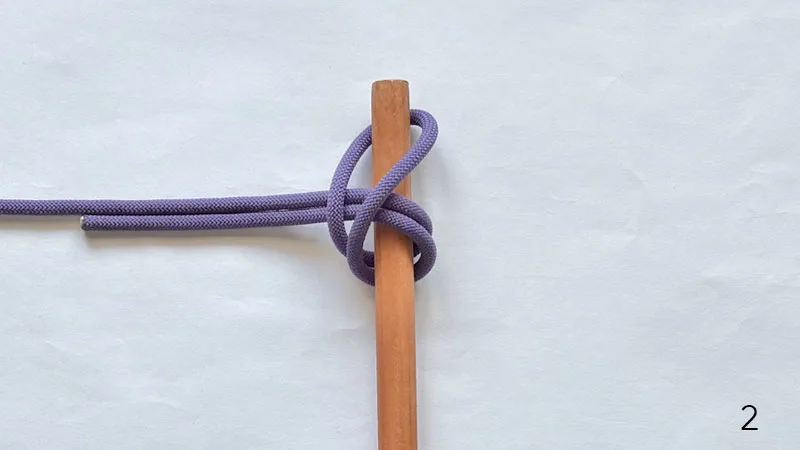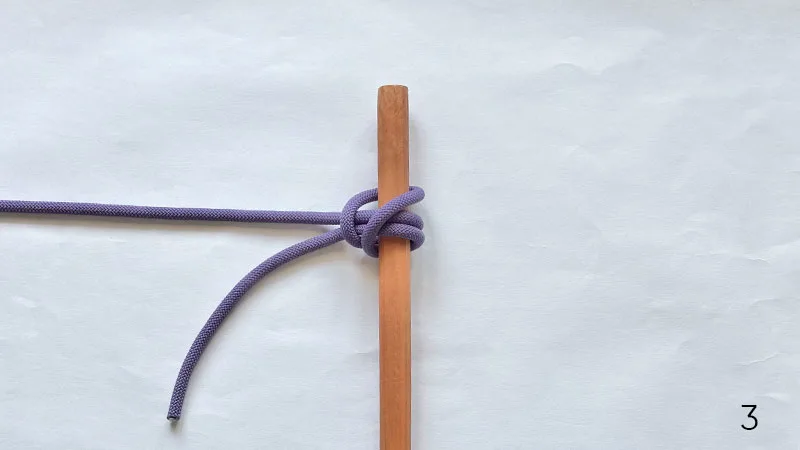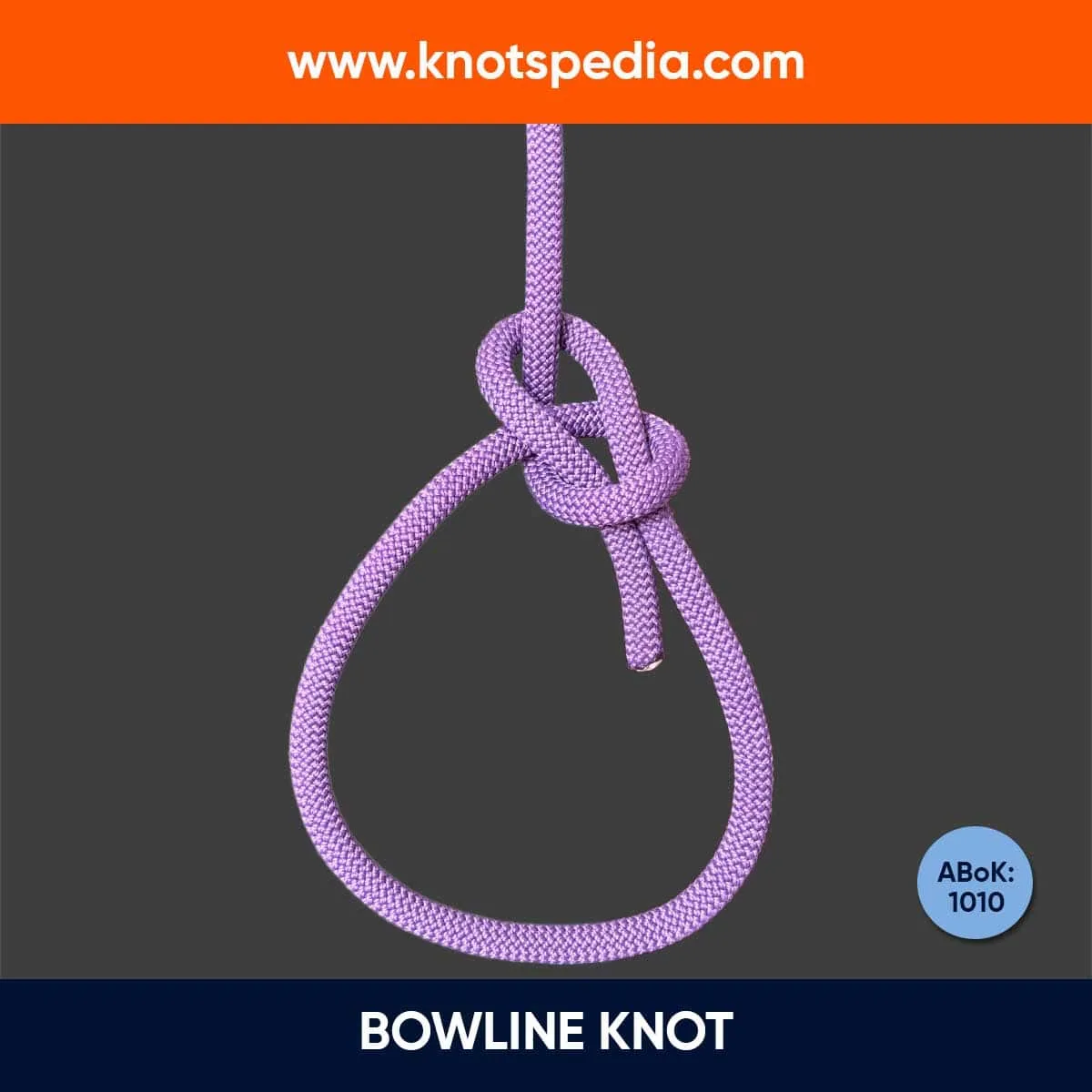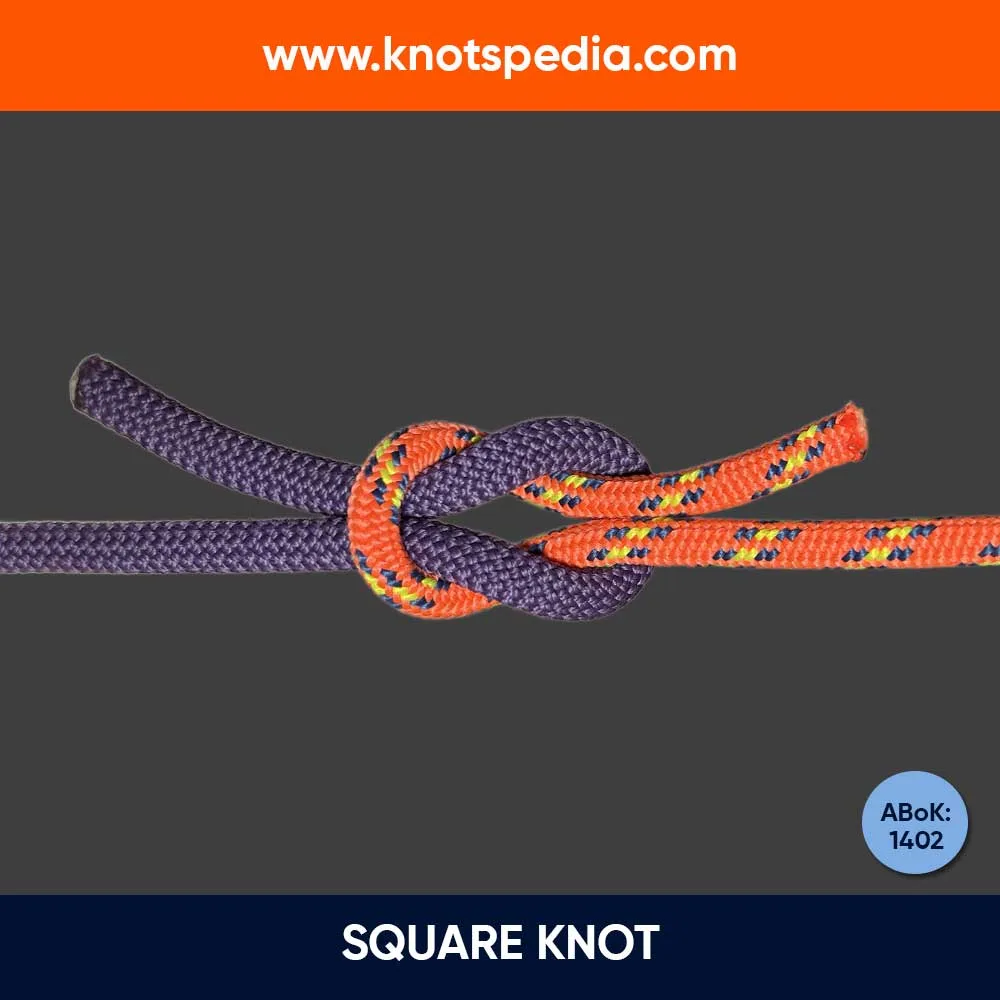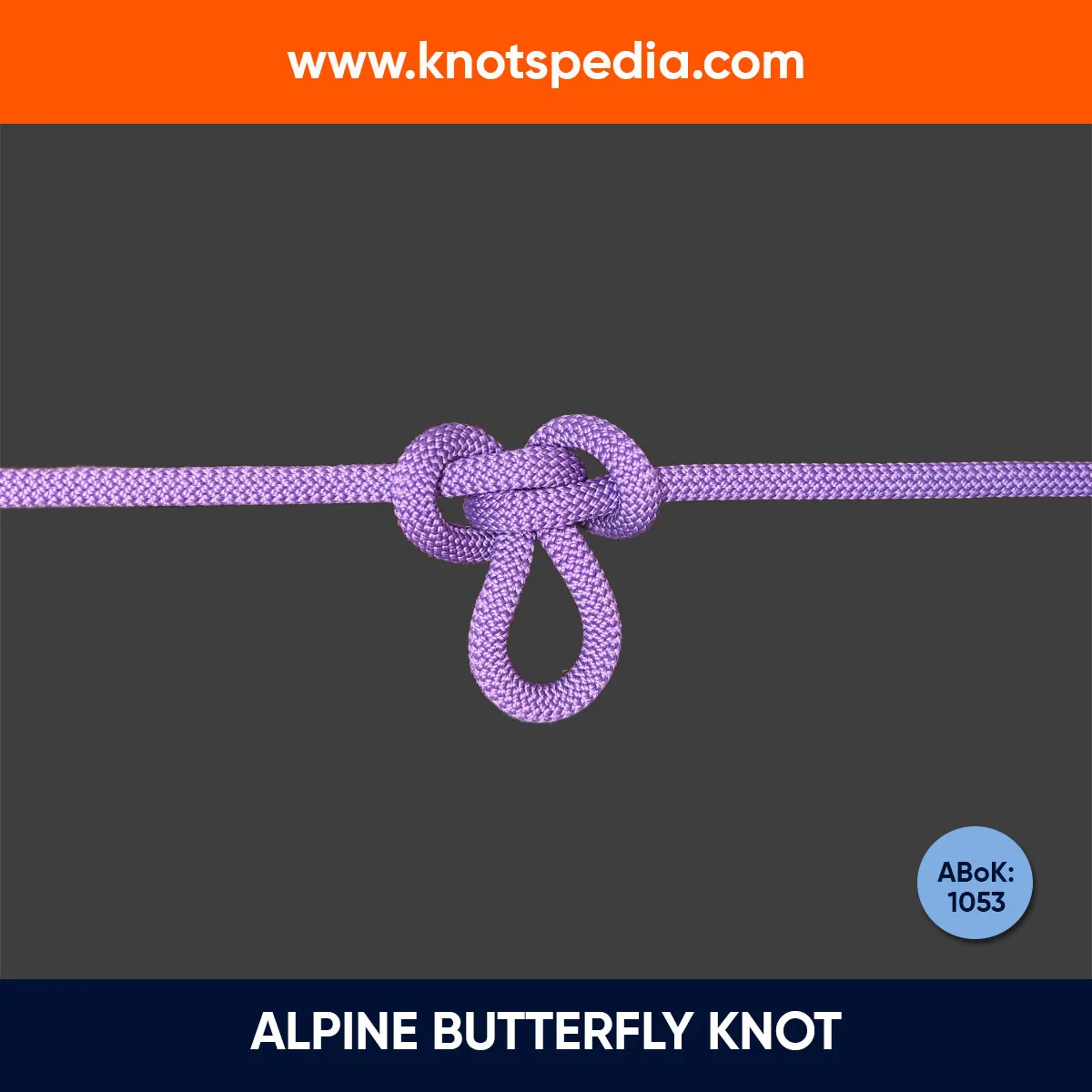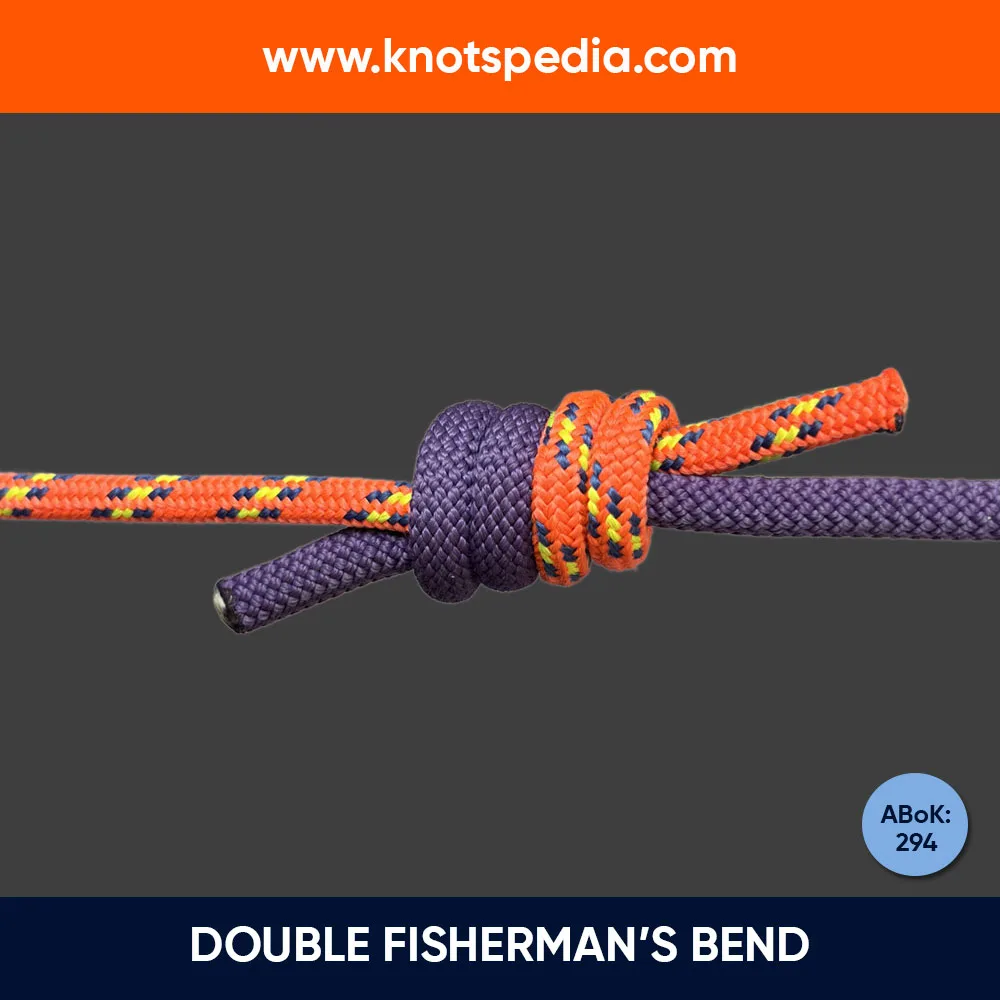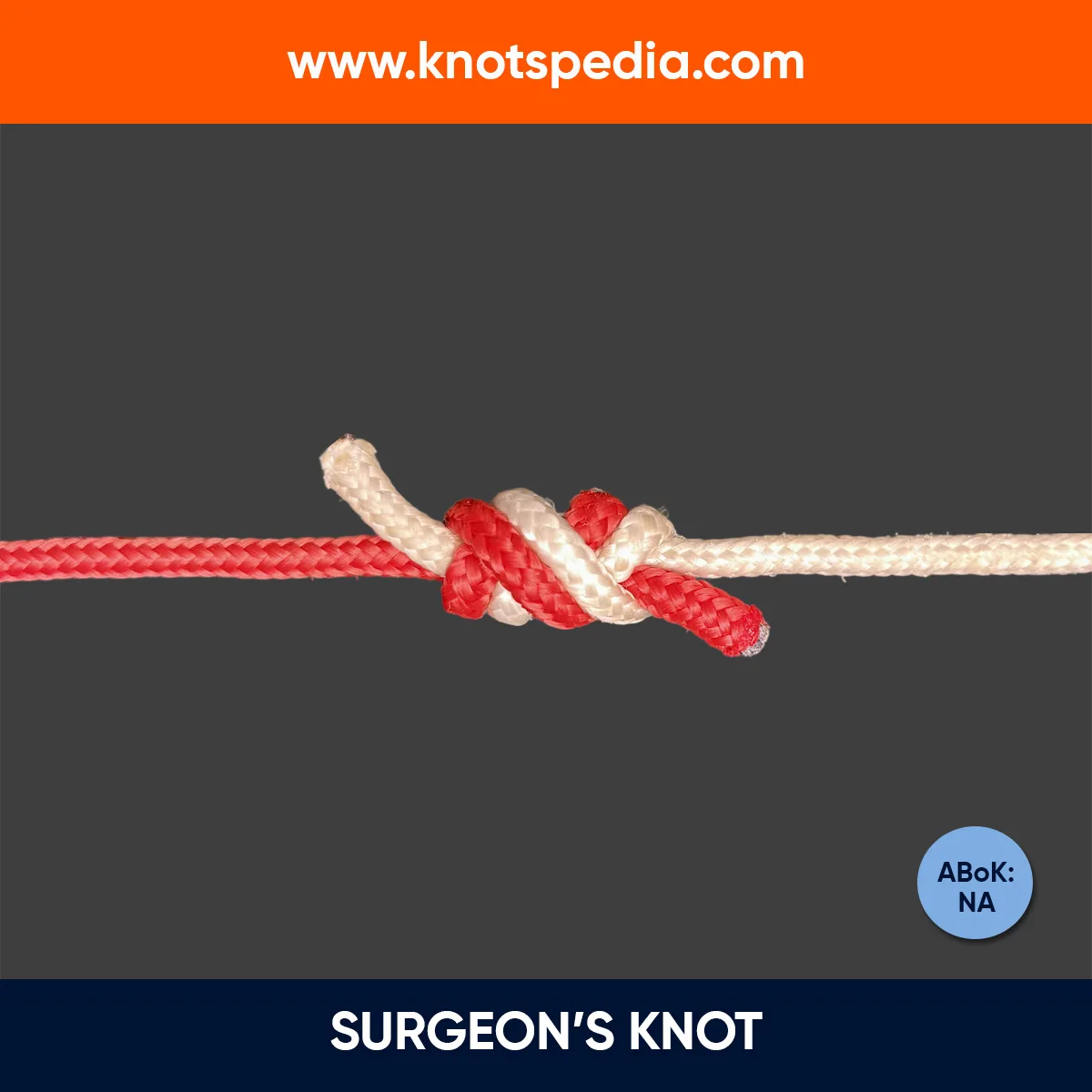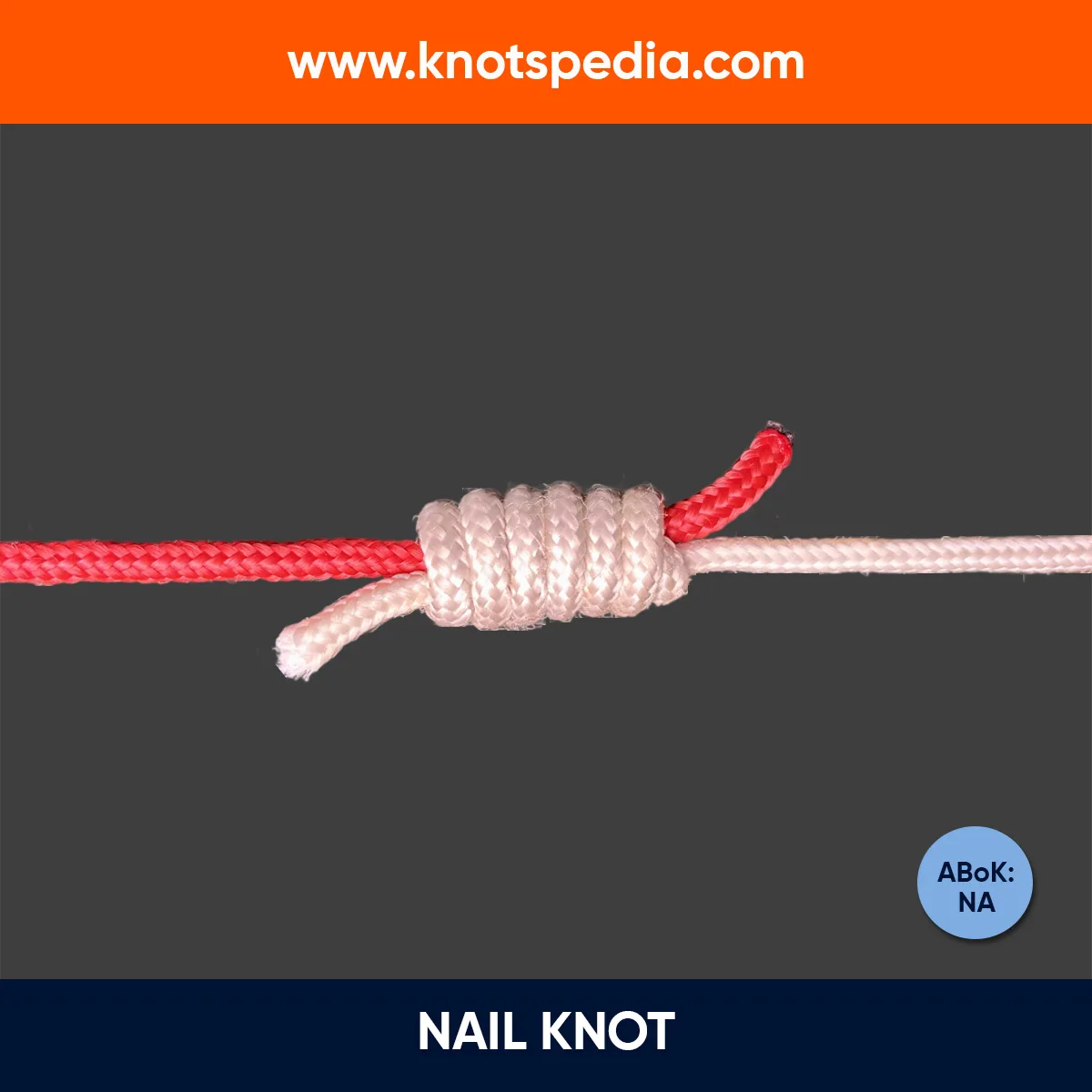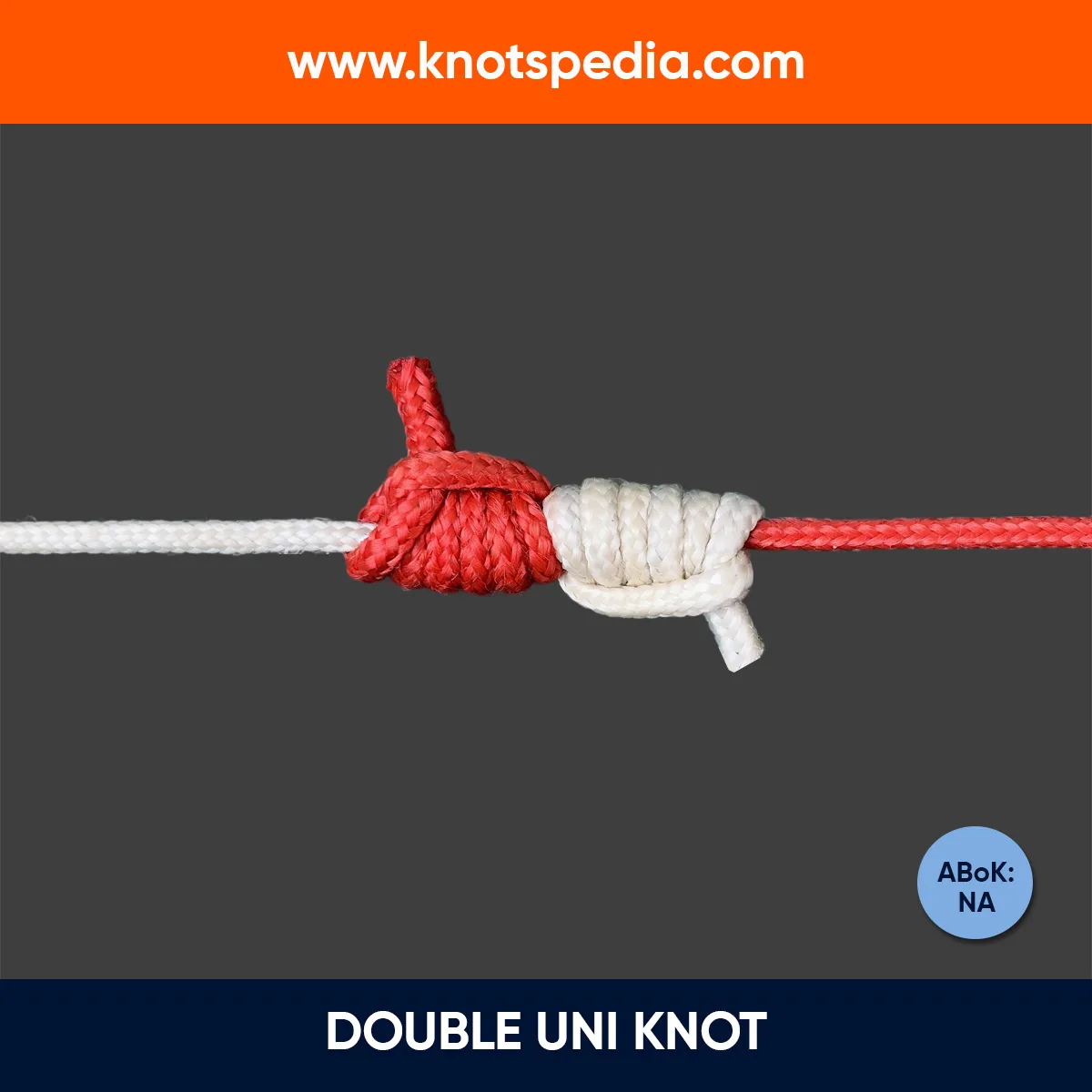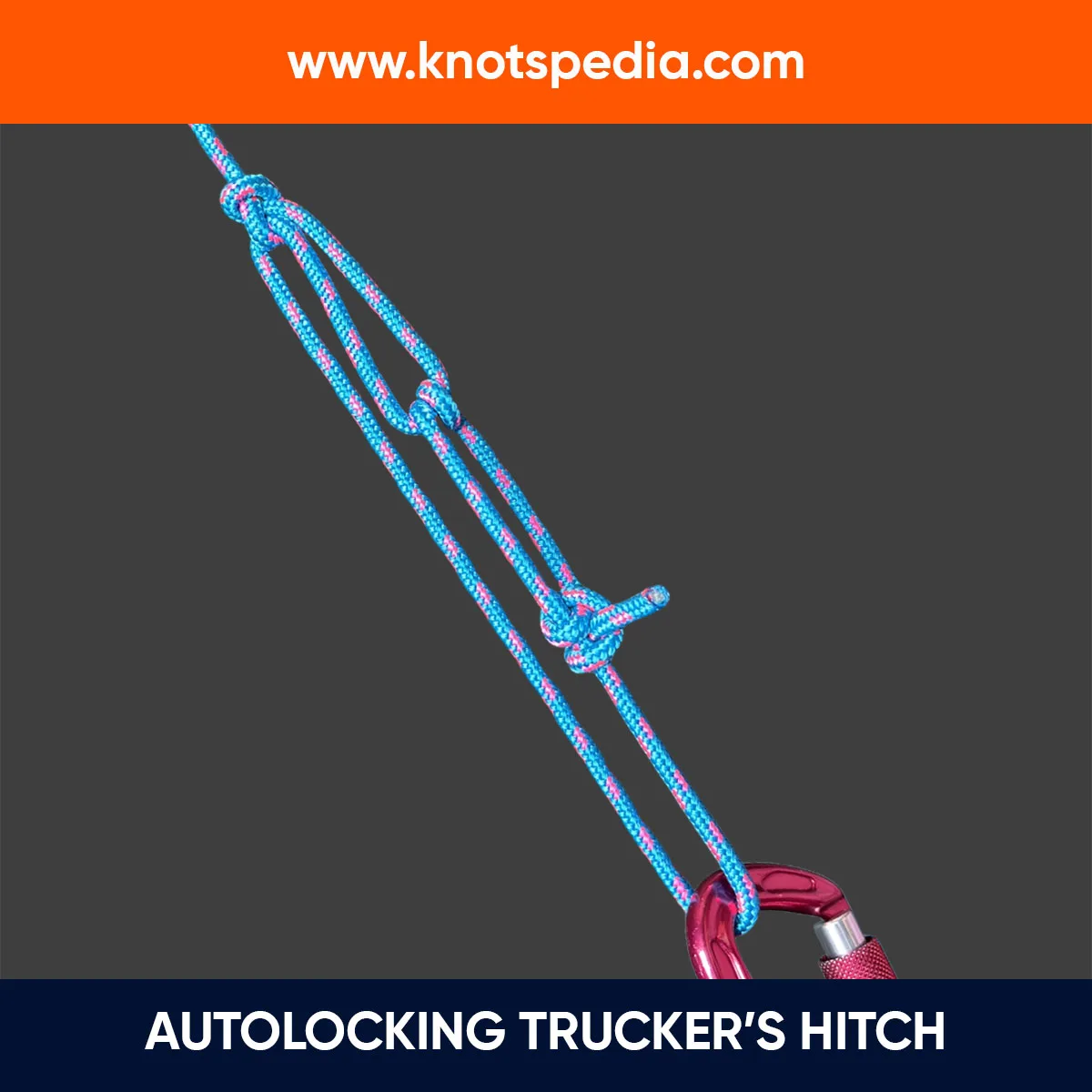The Pile Hitch Knot is used to tie a mooring line to a dock or post.
It may be tied in the end or a bight of a heavy line.
According to the Ashley Book of Knots:
A Pile Hitch is remarkably secure and is easy to cast off when the left bight has been loosened by a single well-aimed kick…
Let’s learn it in detail.
Pile Hitch Knot Details
Type: Hitch
Other Names: None
ABoK Reference: #1815
How to Tie a Pile Hitch Knot
- Make a bight and wrap it around the pole from front to back.
- Cross over standing lines and feed the loop over the top of the pole.
- Tighten the knot.
To untie, just slack the line and lift the loop from the pile.
Pile Hitch Knot Step by Step
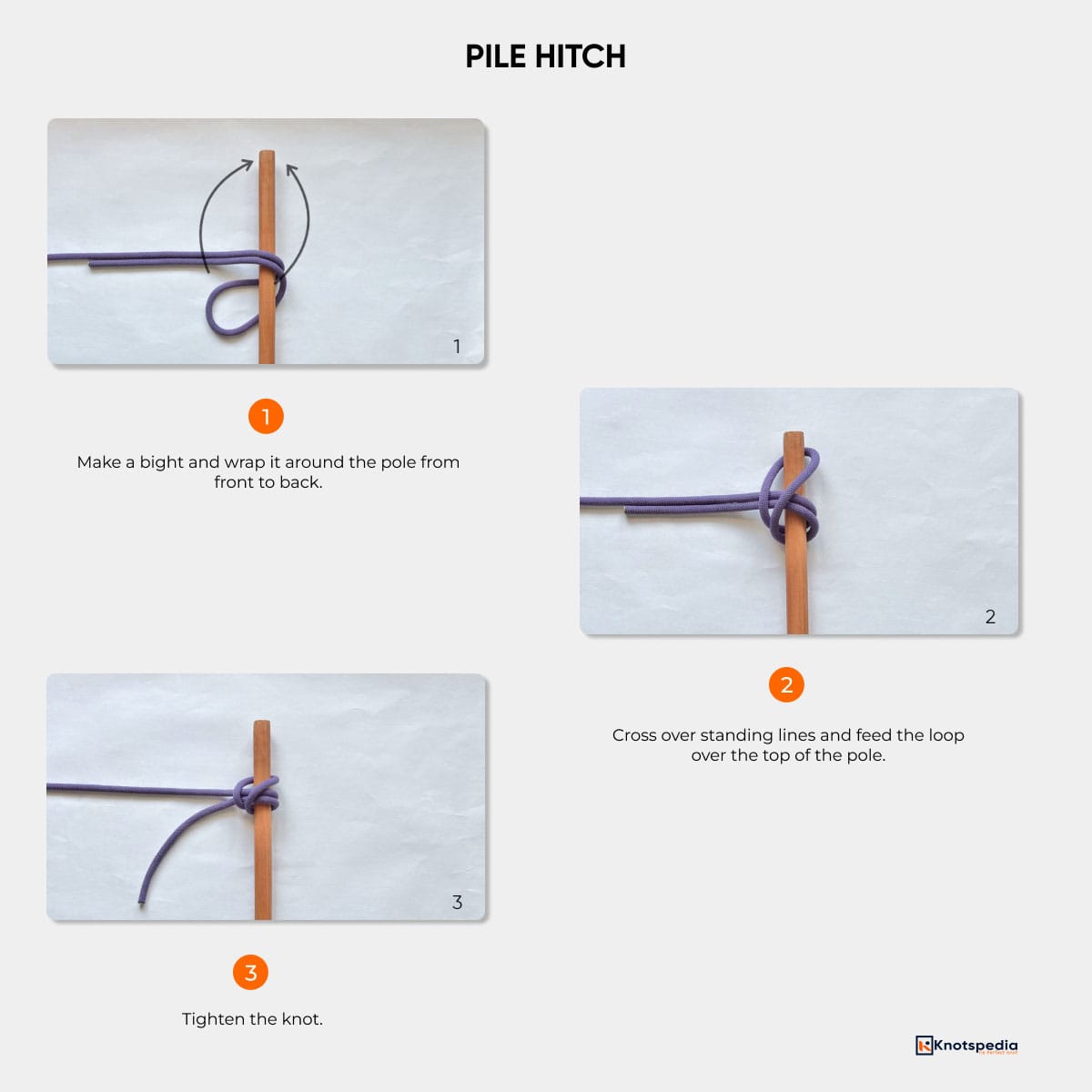
Other Way to Tie the Pile Hitch Knot (with Rope’s End)
If you’ve got access to one end of the rope, you can tie the Pile Hitch without the use of the bight.
Just repeat steps 1 and 2 with the working end instead of a bight, then rethread the knot in the other direction.
Double Pile Hitch Knot
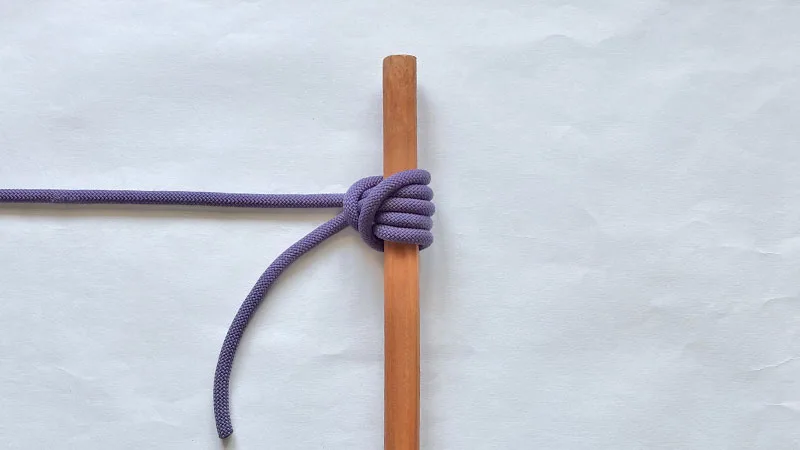
Need extra security? Go for the Double Pile hitch.
Wrap the bight around the post one more time and pass the loop through the post.
It adds more friction that holds the knot under tension and reduces the chances of slippage.
Pros & Cons
- Easy to tie and untie.
- Strong and secure.
- Can be tied in the bight.
- Doesn’t jam.
- Requires one end of the pole to wrap a bight.
Applications and Uses
The Pile Hitch Knot is used to secure mooring lines to a dock or poles, but not recommended for permanent use.
It can come loose under the cyclical load and may even slip off the mooring pole.
It’s used to make a temporary boundary. Just tie the Pile Hitches around the posts to make a rope fence.
It’s used by arborists to attach a throw line to the rope.
Most of the time, the Timber Hitch is used to pull objects sideways, but the pile Hitch can also be used.
Other Similar Hitches
Marlinspike Hitch
The Marlinspike Hitch is another alternative to the Pile Hitch.
It’s tied similar to the Pile Hitch, but with the help of a bight.
Round Turn and Two Half Hitches
The Round turn and two half hitches is the go-to knot for attaching the mooring lines to the dock or post.
The best thing about this knot is that it can be tied under load since the Round turn takes all the tension in the line, which helps to tie the Two half hitches.
Still, there are other better options like the Anchor hitch.
Bowline Knot
The Bowline knot is used to tie a mooring line to a tree, post, or anchor.
It’s difficult to tie when there is a load on the standing end of the rope.
Anchor Hitch
The Anchor hitch is used to tie the anchor line to the anchor.
It works pretty well under dynamic loads.
Clove Hitch
The Clove Hitch is strong and easy to tie.
But it may slip, sometimes jam, and you’ll need the free ends to tie this knot.
Buntline Hitch
The Buntline hitch is used to secure the foot of the sails to the buntlines.
It’s difficult to tie this knot under load, and when loaded, it’s difficult to untie as well.
Related Questions
Is Pile Hitch Knot Secure?
Absolutely! It’s strong and secure.
If you want more security, use the Double Pile hitch.
Share the Article!
